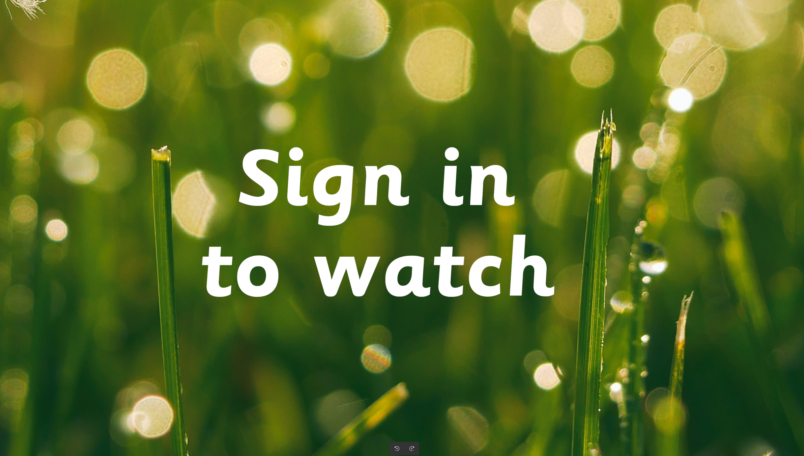Geometry (2D & 3D shapes): Nest Box
Challenge level ⭐
(designed for children with prior knowledge of the Year 3 programme of study)
Learning Objective
We are learning how to solve a natural world problem by using and applying our skills and knowledge of geometry, 2-D and 3-D shapes.
Useful prior knowledge:
- I can draw and make common 2-D and 3-D shapes
- I can describe common 2-D and 3-D shapes using accurate language

Clip Description
Placing a nest box in a garden, park or woodland is a great way to give different bird species a helping hand. A nest box provides shelter, warmth and a safe place for birds to lay their eggs and raise their young. In many areas of the UK, birds are having difficulty finding suitable natural nesting sites, and well-placed nest boxes can lead to important increases in the overall bird population.
In this fascinating clip, we are able to see 6 adorable blue tit chicks being fed by their parents inside a nest box. After 3 weeks, it’s time to enter the world outside the box. Why might one small chick be reluctant to leave? Watch the clip to find out.
Quick Whiteboard Challenge
- On average, blue tits lay 8 to 12 eggs.
In an area of woodland, there was a total of 30 blue tit eggs inside 3 nest boxes.
How many eggs could there have been in each nest box if each box had an average number of eggs?

 Sign in
Sign in

